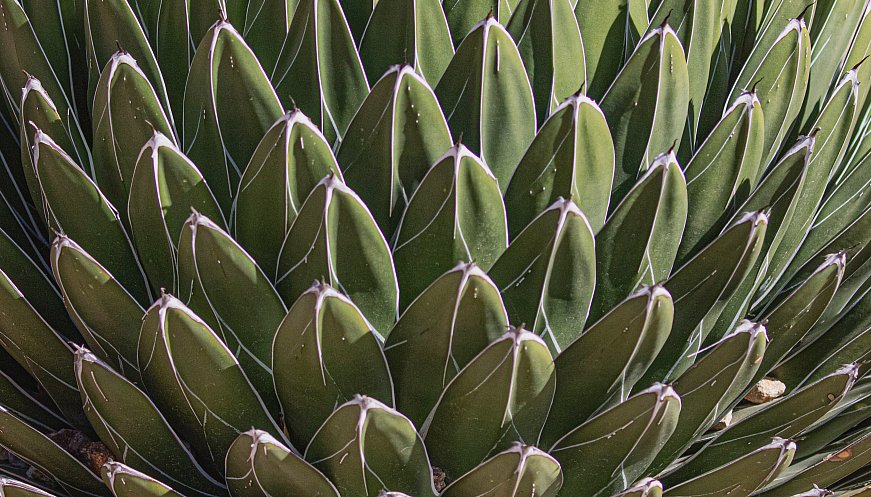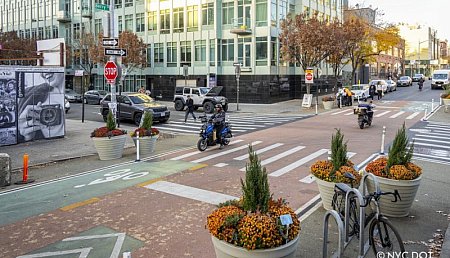 Photo: Dulcey Lima | Unsplash
Photo: Dulcey Lima | Unsplash
Near downtown Tucson, Arizona, US, is Dunbar Spring, a neighborhood unlike any other city. The unpaved sidewalks are lined with native, food-bearing trees and shrubs fed by rainwater diverted from city streets. One single block has over 100 plant species. The urban food forest – which began almost 30 years ago – provides food for residents and roughage for livestock. And the tree canopy also provides relief to residents in the third fastest-warming city in the nation. It has made Dunbar Spring a model for other areas grappling with increased heat, drought and food insecurity caused by the climate crisis. Over 30 years, neighborhood foresters have planted over 1,700 trees and thousands more understory plants. One thrust of the effort is to mitigate the disproportionate impact of climate change on less affluent neighborhoods. “Heat is an equity issue. It affects different populations differently,” said Katie Gannon, arborist with Tucson Million Trees. Shade can have a profound effect on urban neighborhoods. One day in September, the temperature on an exposed street in Dunbar Spring was 123F (50C), while a shaded street was just 85F (30C) – a 38F (20C) difference.
More:














